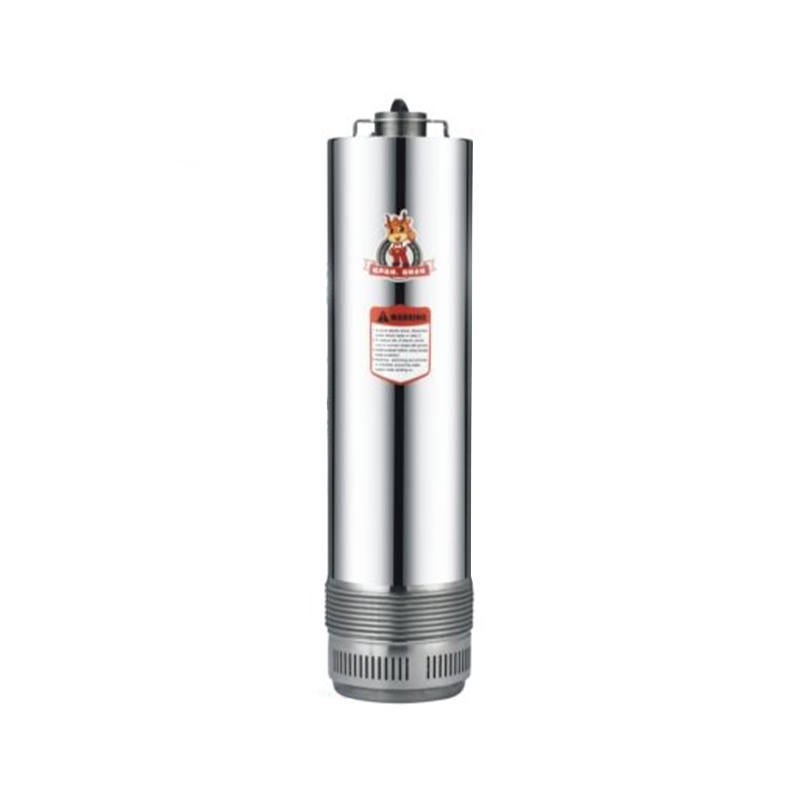Efficient Powerful Submersible Pump
The Efficient Powerful Submersible Pump is a versatile and robust piec...

Electric submersible pumps, such as the automatic submersible sewage pump, electric submersible sludge pump, and submersible effluent pump, are designed to handle continuous operation in harsh and demanding conditions. These pumps are often used in industrial, municipal, and wastewater treatment applications, where they must function effectively under extreme conditions, including exposure to corrosive liquids, abrasive particles, and varying water levels. Understanding how these pumps manage continuous operation in such environments is key to ensuring their reliability and long-term performance.
One of the primary challenges faced by electric submersible pumps is their ability to operate consistently over long periods without overheating or sustaining damage. Electric submersible sludge pumps, for example, are often required to handle thick, viscous fluids, which can put additional strain on the pump motor. To manage this, these pumps are equipped with high-quality seals and motors designed to withstand harsh conditions. The motor is typically housed in a waterproof and corrosion-resistant casing, preventing external damage from harsh chemicals and debris. These pumps also have built-in cooling mechanisms to prevent overheating during continuous operation. The design of the electric submersible sludge pump ensures that the motor is adequately cooled by the fluid being pumped, allowing it to run smoothly even when dealing with tough sludge or thick liquids.
Similarly, the automatic submersible sewage pump is engineered to deal with sewage systems where solid waste, chemicals, and other debris are present. Continuous operation in these environments demands a pump that can handle not just liquids but also solid waste and debris without clogging or failing. The automatic submersible sewage pump is designed with durable impellers that can handle these challenging substances. The pump casing is built to resist corrosion, ensuring it maintains its integrity despite exposure to harsh sewage conditions. Furthermore, automatic pumps are often equipped with float switches that activate the pump when water levels rise, allowing for reliable and consistent operation without manual intervention.
The submersible effluent pump faces similar challenges when it comes to handling water that may contain suspended solids, chemicals, or debris. These pumps are specifically designed to manage effluent water in municipal and industrial settings, where contaminants are common. The submersible effluent pump uses stainless steel or other resistant materials to prevent corrosion and rust, which could otherwise impair its functionality over time. Additionally, the design of the effluent pump typically includes high-efficiency motors and reinforced seals that protect against wear and tear caused by constant exposure to challenging conditions.
A critical feature in ensuring that electric submersible pumps can handle continuous operation is the integration of automatic self-protection mechanisms. For example, many pumps are equipped with thermal overload protection, which shuts down the pump if it begins to overheat. This feature is essential for preventing damage and ensuring the longevity of the pump, especially in high-demand situations. Another important feature is the automatic priming ability in some electric submersible pumps, which ensures the pump is always ready to operate even in low-water conditions or when there is air in the system. This is crucial for systems that require continuous operation without frequent maintenance or downtime.
Electric submersible pumps, including the automatic submersible sewage pump, electric submersible sludge pump, and submersible effluent pump, are designed to handle continuous operation in harsh conditions by incorporating advanced materials, self-protection mechanisms, and robust construction. These pumps are built to withstand exposure to corrosive substances, high temperatures, and abrasive materials while maintaining their performance over extended periods. By employing durable components and innovative designs, these pumps ensure that they can meet the demands of challenging environments without compromising on efficiency or reliability.